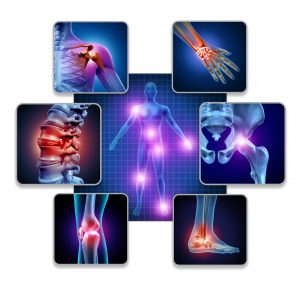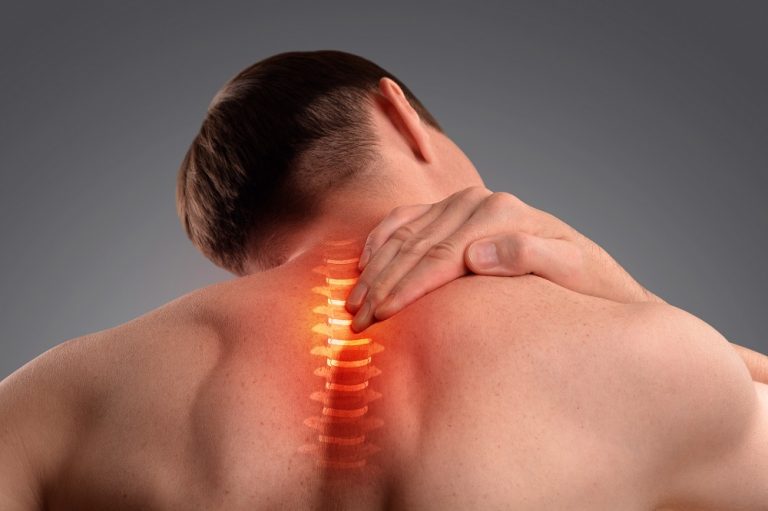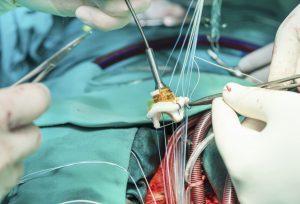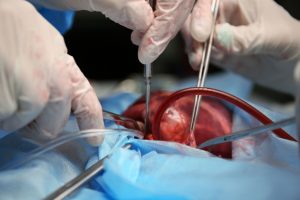Interest in the development of new topical/local drug administration for blocking pain at peripheral sites, with maximum drug activity and minimal systemic effects, is on the rise. In the review article by Kopsky and Stahl, four critical barriers in the process of research and development of topical analgesics were indicated. The active pharmaceutical ingredient (API) and the formulation are among the major challenges. The road to the development of such drugs passes through preclinical studies. These studies, if planned correctly, should serve as guidance for choosing the right API and formulation. Although rodent models for pain continue to provide valuable data on the mechanisms driving pain, their use in developing topical and localized treatment approaches is limited for technical (intraplate injection area is small) as well as mechanical reasons (non-similarity to human skin and innervation). It has been previously shown that pigs are comparable to humans in ways that make them a better choice for evaluating topical and local analgesics. The aim of this study was to summarize several experiments that
used pigs for testing postoperative pain in an incisional pain model (skin incision [SI] and skin
and muscle incision [SMI]). At the end of the surgery, the animals were treated with different
doses of bupivacaine solution (Marcaine®), bupivacaine liposomal formulation (Exparel®) or
ropivacaine solution (Naropin). Von Frey testing demonstrated a decrease in the animals’ sensitivity
to mechanical stimulation expressed as an increase in the withdrawal force following local
treatment. These changes reflect the clinical condition in the level as well as in the duration of
the response. These data indicate a good resemblance between pig and human skin and suggest
that use of these animals in the preclinical phase of developing topical analgesics can, to some
extent, release the bottleneck.







